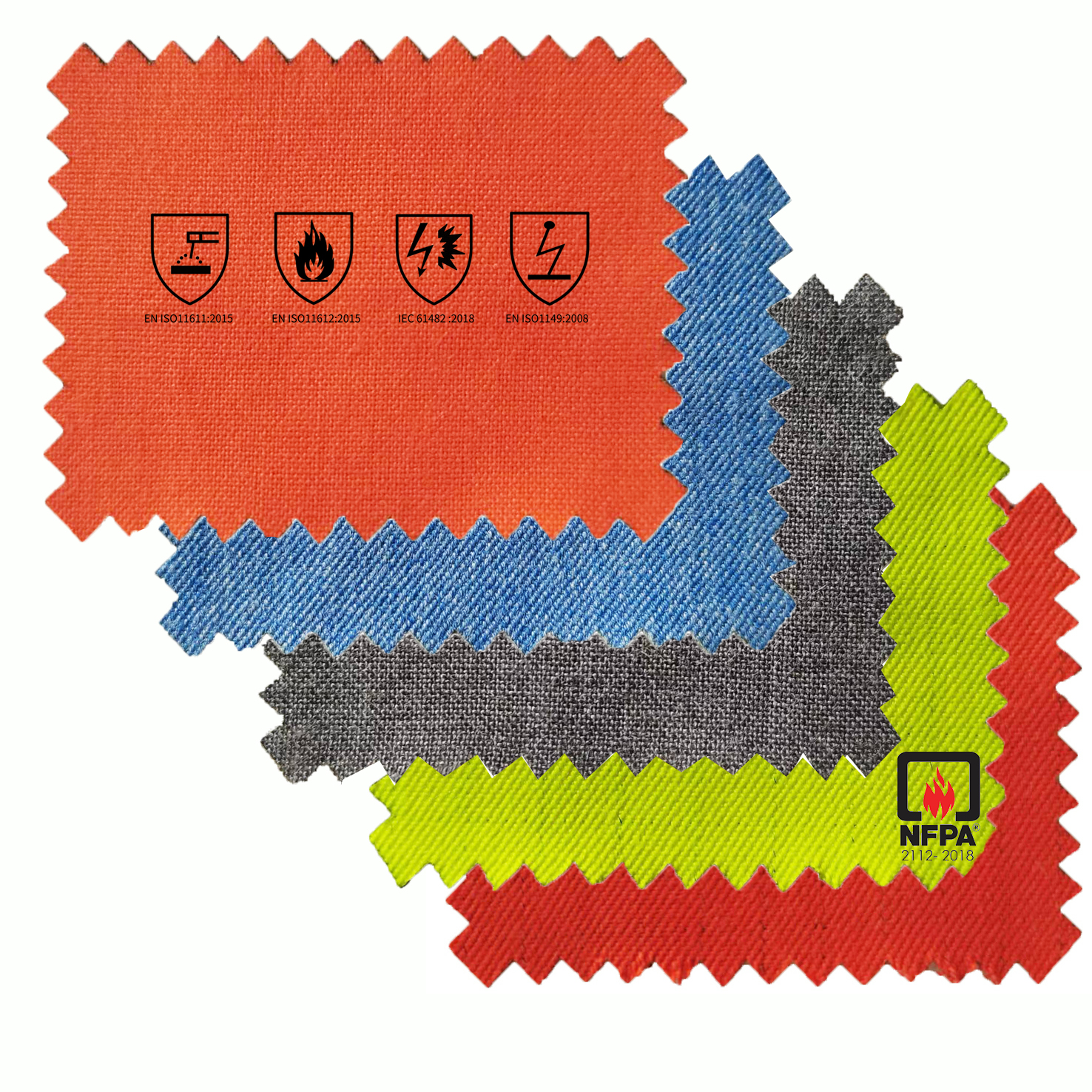
News
Factors affecting fiber half-life
- Categories:News
- Author:
- Origin:
- Time of issue:2019-01-14 16:51
- Views:
(Summary description)Half-lifeisanimportantindicatoroftheelectrostaticpropertiesoffibers-therateofstaticdecay.Thefactorsthatdeterminetheelectrostatichalf-lifeoffibersaredividedintotwoaspects:internalfactorsandexternalfact
Factors affecting fiber half-life
(Summary description)Half-lifeisanimportantindicatoroftheelectrostaticpropertiesoffibers-therateofstaticdecay.Thefactorsthatdeterminetheelectrostatichalf-lifeoffibersaredividedintotwoaspects:internalfactorsandexternalfact
- Categories:News
- Author:
- Origin:
- Time of issue:2019-01-14 16:51
- Views:
Information
Half-life is an important indicator of the electrostatic properties of fibers - the rate of static decay.
The factors that determine the electrostatic half-life of fibers are divided into two aspects: internal factors and external factors.
The intrinsic factor refers to the chemical composition, structure and properties of the fiber material itself.
External factors refer to environmental conditions (temperature, humidity, etc.) and impurities in the fiber material.
Internal factors
The internal factors determine the electrical properties (electrical and specific resistance) of the fiber and the half-life of the electrostatic
Positively charged near the left side, negatively charged near the right side; when the cotton is rubbed with nylon, the nylon belt is positively charged, and the cotton belt is negatively charged; when the cotton and the acrylic fiber are rubbed, the cotton belt is positively charged, and the acrylic fiber is negatively charged; the closer to the both ends The larger the fiber charge, the larger the specific resistance. The farther the two fibers are apart, the larger the potential difference.
The rate of static dissipation is closely related to the specific resistance of the fiber. The specific resistance is related to the fiber's ability to absorb moisture. In addition to the aggregation structure of the molecules in the fiber, the hygroscopic capacity depends on the number of hydrophilic groups on the fiber, the polarity of the hydrophilic group, and the position of the hydrophilic group on the macromolecular bond.
From the ion conduction theory of fibers, it is known that the carrier of the charge in the fiber is usually an ion, and the rate of charge loss depends on the ion migration speed. When sufficient water molecules are absorbed, a continuous water film is formed in the fiber, and the charged ion will be formed. The conductive path along the water film rapidly migrates and the charge is lost quickly. If the absorbed water molecules are small, the conductive path of the continuous water film cannot be formed, and the charge will migrate to the place where the water film is broken, and when the interrupted passage is turned on due to the absorbed water molecules for a certain period of time, The charge can continue to migrate forward. The worse the fiber's ability to absorb moisture, the more times the channel is interrupted, the longer the interruption time, and the slower the charge transfer rate.
Polypropylene fibers have no hydrophilic groups and therefore have a long half-life. Polyester, nylon, and acrylic have fewer hydrophilic groups and lower hydrophilicity. Therefore, static electricity loss is slower and half-life is longer, but they are much shorter than polypropylene, especially acrylic fibers are shorter.
Cellulose fibers such as cotton viscose have more and stronger hydrophilic groups - hydroxyl groups, so the water absorption is strong, the static electricity is lost quickly, and the half-life is very short.
Although the wool has more hydrophilic groups and stronger absorption of water molecules, there is a strong lateral crosslink between the wool fiber molecules, and the moisture absorption is three moisture absorption, and the water molecules are tightly adsorbed on the side bonds. Upper, affecting the transfer of charge, the resistance is larger, and the static decay is slower.
The silk is a β-silk structure, the hydrophilic group on the side chain is less than the wool, and the moisture absorption capacity is worse than that of the wool, so the static decay is rather slow.
External factors
1, the impact of relative humidity
Hydrophilic fibers are greatly affected by environmental humidity, and hydrophobic fibers are less affected. When the humidity increases, the water content of the hydrophilic fiber increases rapidly, forming a conductive water film on the surface of the fiber, the surface specific resistance is reduced, and the half-life is shortened; the hydrophobic fiber is not suitable for forming an aqueous conductive water film on the surface of the fiber, the surface The specific resistance cannot be significantly reduced, and the half-life cannot be significantly shortened.
Increasing the surface moisture content of the hydrophobic fiber can effectively reduce the surface specific resistance, and the half life is also greatly reduced. This is the principle of antistatic finishing.
If the viscose fiber having excellent hydrophilicity is placed under extremely dry conditions, there is also a remarkable static phenomenon.
2, the impact of temperature
When the water content is constant, the temperature is increased, which is favorable for the formation of ions, thereby reducing the surface specific resistance of the fiber and shortening the half life.
3, the influence of fiber materials
The inclusion of a fibrous material is a non-fibrous attachment. That is, non-fibrous substances such as cotton wax, oil and chemical fiber used in the formation of fibers and other metal salt compounds. Under certain relative humidity conditions, when the electric field acts, these non-fibrous attachments can be ionized into a charged carrier-ion, and the conductive path formed along the water molecules causes the charge to be quickly lost, shortening the half-life.
Next:
None
Next:
None
Recommended products
Fire Retardant Offshore Coverall/Welding Suit
Royal Blue Fire Resistant Coverall


Flame Resistant Antistatic Mining Workwear Uniform
Mining Workwear Safety Clothes Fire Resistant Jacket Pants


Flame Retardant Knitted Shirt
Cotton Flame Retardant Knitted Shirt Description
Safety Polo Knitted Shirts Features


Aramid Clothing Material / Aramid Fabric
Inherent Flame retardant fabric


Copyright © Xinxiang Zhuocheng Special Textile Co., Ltd.
豫ICP备11016664号 Powered by www.300.cn
The website already supports IPV6








